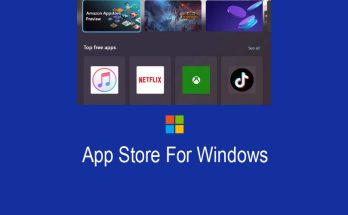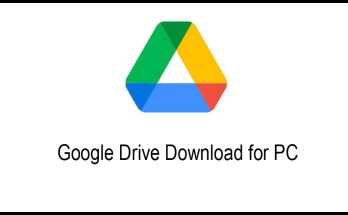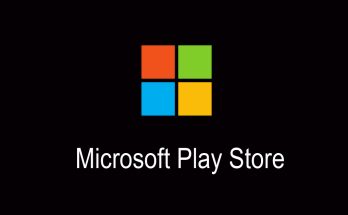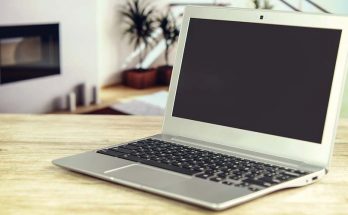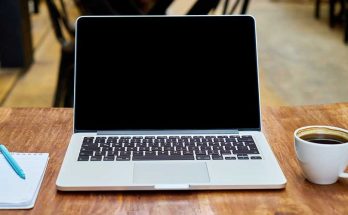Are you looking for Windows 11 Start menu customization? This Win 11 start menu change post will solve how to customize Windows 11 Start menu. The new Win 11 Start menu started unsteadily. Although he probably has his fans, many people have rejected his interface. However, if you are one of them, you can do more than a complaint.
While the new Start menu isn’t as customizable as Windows 10’s, there are ways to make it the way you want it to be. If that’s not enough, consider switching to a Windows 11 Start menu alternative like Start 11 and StartAllBack to revert to a more traditional Start menu and customize its look, layout, colors, and other items.
Windows 11 Start Menu Customization
At first, before changing anything, let’s take a look at what the standard Windows 11 Start menu looks like. At the top of the menu, you can use a search box to find apps, files, and settings. The Pinned section displays pinned apps; Scroll up and down to see them all. To see a list of all your installed apps, click the All apps button.
The Recommended section displays recently added and opened files and applications. Click the More button to display a longer list. Below this section is your profile icon, which you can use to change your account settings, lock your PC, or sign out. With the power button on the right, you can put Windows to sleep, shut down or restart your PC.
Change any recommended apps and files
If you want to change anything, just go to Settings> then Personalization> Start, where you can tell Windows not to show recently installed apps, frequently used apps, and recently opened items in the Start menu, app list, and elsewhere. Experiment with each of these three options to determine which to turn on and off. If you deselect all three options, the Recommended section of the Start menu will be empty.
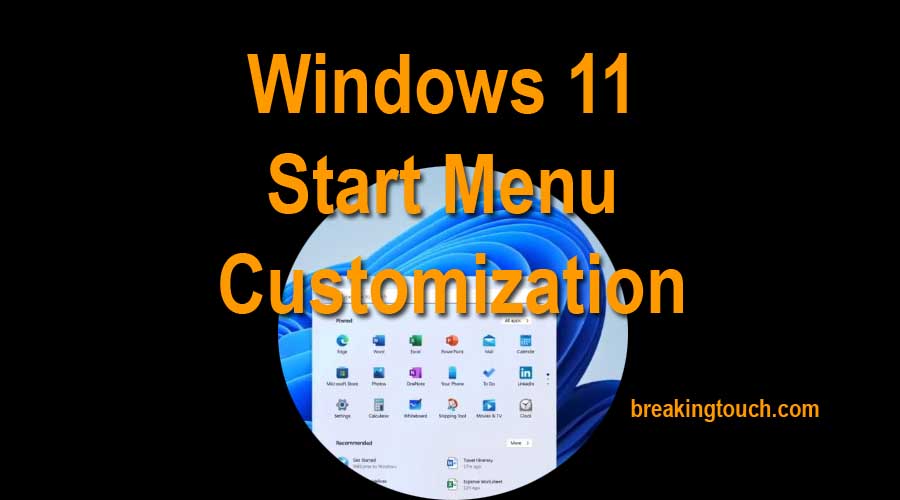
Add or remove pinned apps
You can also edit the menu by removing, pinning, and moving specific apps to the Pin section. Right-click an app icon and click Remove from Startup to remove the app from the Start menu. You will see that the application remains on the list of applications.
To add an app to the Start menu, click All apps to see all installed apps. Right-click on an item that isn’t already on the Start menu and chooses Pin to Start.
Windows 11 Bugs And Windows 11 Errors | Windows 11 Insider Preview Bugs
Any apps added to the Pinned section can be moved as you like. So if you use more than others, move them to the start of the Fixed section for easy access. Do it quickly by right-clicking the icon and selecting Download. Or just drag the icons into place.
Relocate the home button
You may also have noticed that the Windows 11 Start button is centered on the system tray, which is different from its usual position in the lower-left corner of the screen. If you prefer, since it’s still placed, you can move the entire system tray into place.
Relocate Taskbar
Open Settings> Personalization> Taskbar, then select the Taskbar Behavior option. Use the Orientation drop-down menu in the system tray to change the icons from the center to the left. The home button moves to the bottom left along with the rest of the system tray icons. For more information on customizing the taskbar, see our guide.
Add any folder
You can add folders to the bottom of the Start menu via Settings> Personalization> Start> Folders. Toggle the switch next to each folder you want to show next to the power icon. In this way, you can easily access settings, file explorer, documents, downloads, etc.
How to Customize Windows 11 Start menu
Alternatively, you can customize it by following tow ways below:
Alternative to the Start menu: StartAllBack
Another great Windows 11 Start menu alternative is StartAllBack, which costs $ 4.99 or $1.50 if you upgrade from a previous version after a 30-day trial period. You will first be asked to choose your preferred two-column start menu setting with options like Proper 11, Kinda 10, and Remastered 7.
To edit StartAllBack even further, use the tabs on the left to edit the Start menu, taskbar, file explorer, and more. When you’re done, click the Start button to use the new menu. Right-click anywhere to delete, rename, or move specific shortcuts.
Alternative to the Start menu: Stardock’s Start 11
If you still don’t like the Windows 11 Start menu, consider downloading an alternative. One of the best options is Stardock’s Start 11, which is still in beta but is open to everyone. For a 30-day free trial, click the Download Latest Update link under the green Download Beta button on Stardock.com. After that, it costs $ 4.99 or $3.99 if you’re upgrading from a previous version and includes 30 days of direct tech support, plus unlimited access to their tech support forums. The program settings screen asks if the taskbar should be left-aligned or middle aligned. You can then choose a start menu style, eg. Ex. B. Windows 7 Style, Modern Style, Windows 10 Style, or Windows 11 Style. If you prefer the classic two-column Start menu, choose Windows 7 style or Modern style. You can edit a style even further by clicking the down arrow next to it and choosing a compact or grid layout.
Go through the rest of the configuration options to customize the Start button, taskbar, and search function. In the Control tab, you can define when and how the Start menu is displayed 11. For example, you can change it so that clicking the Start button activates the Start menu 11, but pressing the Windows key on your keyboard activates the normal Windows 11 Start menu.
When you’re done, click the Start button to see your new Start menu. Right-click anywhere in the Start menu to change it by removing or renaming shortcuts and moving shortcuts to specific folders. You can also go back to Startup Settings 11 to change an option by right-clicking on the taskbar and selecting Startup Settings 11.


